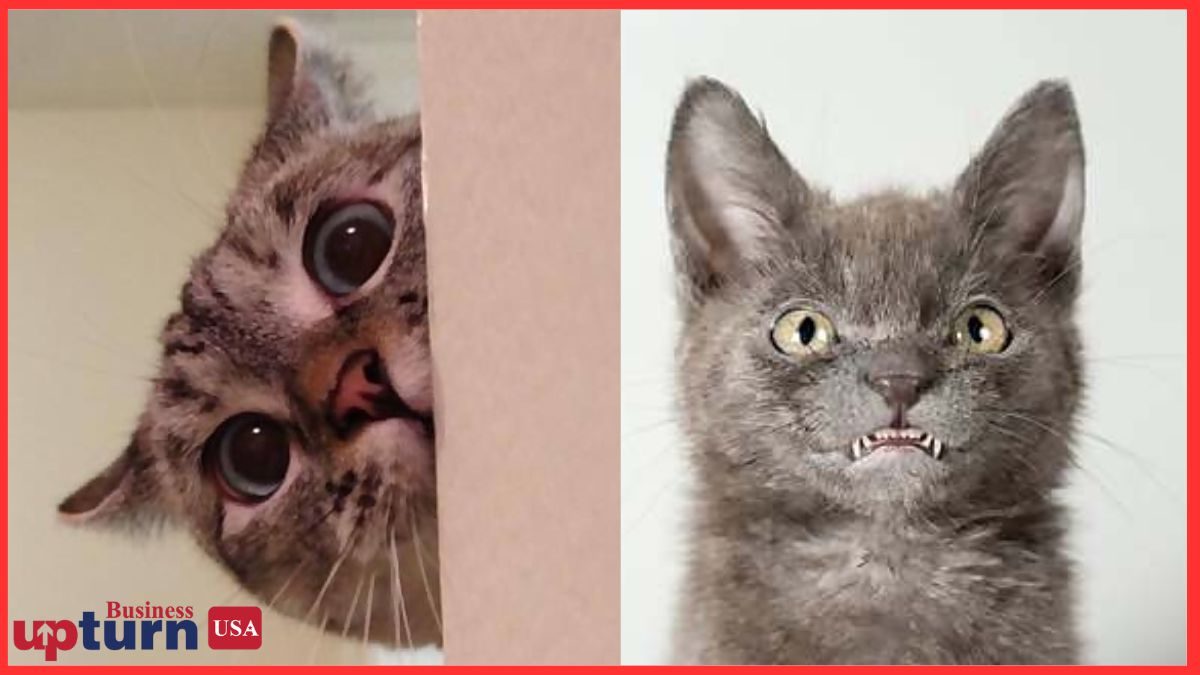Nala Cat vs Wolfie: Inside the Lucrative Business Models of Two Viral Pet Stars
In the digital age, pets have evolved beyond companionship into full-fledged business entities. Among these, Nala Cat and Wolfie stand out as global sensations whose charm translates directly into revenue. Their unique approaches to monetization have created lucrative opportunities, making them prime examples of modern pet influencer business models. In this article, we explore how Nala Cat and Wolfie generate income, the intricacies of their pet influencer revenue streams, and what sets their strategies apart, particularly in the U.S. market.
Nala Cat’s Business Model: How She Turns Cuteness into Cash
Nala Cat, an Instagram cat influencer with millions of followers, has built a business model that seamlessly combines merchandise, brand collaborations, and digital content monetization. At the heart of Nala Cat income is her official merchandise line, which includes plush toys, apparel, and calendars. These products leverage her viral persona and cater to her loyal fan base in the U.S., converting social media popularity into tangible sales.
Beyond merchandise, Nala Cat monetizes through brand collaborations and sponsored posts. By partnering with pet product companies, lifestyle brands, and even tech products, she earns significant revenue through affiliate marketing and direct sponsorship deals. These collaborations are designed to resonate with the U.S. audience, emphasizing pet care, lifestyle aesthetics, and viral appeal.
Licensing is another critical revenue stream for Nala Cat. Companies pay to use her likeness on products, packaging, and promotional campaigns. This model ensures continuous passive income, as her iconic image remains in circulation without constant active engagement. Additionally, appearances at pet expos, media events, and online live streams supplement her income while boosting her visibility.
Nala Cat’s Unique Marketing & Brand Engagement Tactics
A cornerstone of Nala Cat’s success lies in her fan engagement strategies. Her team consistently produces high-quality digital content, including Instagram Reels, TikTok videos, and YouTube shorts, maximizing her viral pet marketing potential. By interacting with fans through comments, polls, and exclusive behind-the-scenes content, Nala Cat maintains a strong community presence.
She also employs seasonal campaigns and themed merchandise drops that capitalize on viral trends. This approach not only sustains audience interest but strategically aligns with U.S. consumer behavior, which favors limited-edition and collectible items. Nala Cat’s ability to integrate cuteness with clever marketing ensures a long-term, sustainable business model.
Wolfie’s Business Model: The Income Strategy of a Viral Dog Star
Wolfie, the charismatic canine Instagram influencer, has developed a slightly different approach to monetization that highlights versatility. Wolfie monetization relies heavily on social media ad revenue from platforms like YouTube and Instagram, where views translate directly into income. His team optimizes content for the U.S. audience, focusing on relatable humor, heartwarming stories, and shareable moments that drive engagement.
Merchandise remains a central revenue stream, with Wolfie-branded apparel, toys, and accessories. Unlike Nala Cat, Wolfie’s line often includes lifestyle products for dog owners, such as leashes, bowls, and pet-themed home decor. This broader product range increases cross-selling opportunities and enhances U.S. market appeal.
Sponsorships and collaborations form a substantial portion of Wolfie’s revenue. Pet brands, wellness products, and lifestyle companies pay for custom campaigns that leverage Wolfie’s authentic charm. Licensing agreements, though less prominent than in Nala Cat’s model, also contribute to Wolfie’s income, especially through limited edition products or media appearances.
Wolfie’s Innovative Revenue Approaches
Wolfie’s monetization strategy includes creative, lesser-known avenues such as digital products and subscription-based content. By offering exclusive behind-the-scenes footage, training tips, or interactive live sessions via platforms like Patreon or OnlyFans for pets, Wolfie taps into recurring revenue streams. This not only diversifies income but also deepens fan loyalty.
Additionally, Wolfie engages in viral challenges and social media trends that boost reach without direct financial investment. These campaigns increase visibility, attract brand deals, and reinforce his status as a top-tier Instagram cat influencer equivalent in the canine world.
Side-by-Side Comparison of Nala Cat vs Wolfie’s Income Models
While both Nala Cat and Wolfie leverage social media, merchandise, and sponsorships, the execution and focus areas differ. Nala Cat emphasizes licensing and merchandise with collectible appeal, effectively turning visual popularity into tangible products. Wolfie, on the other hand, maximizes social media ad revenue and experiential content, appealing to U.S. audiences who enjoy interactive, humorous, and lifestyle-focused pet content.
In terms of efficiency, Nala Cat’s model benefits from high-margin passive income streams like licensing and branded merchandise. Wolfie’s model requires more active content creation and engagement but benefits from diversified income sources, including digital subscriptions and U.S.-centric sponsorships. Both approaches demonstrate a sophisticated understanding of the U.S. pet market, viral pet marketing tactics, and fan-driven revenue generation.
Unique Insight: Future of Pet Influencer Monetization
Looking forward, both Nala Cat and Wolfie could leverage AI-enhanced content creation to scale their digital presence while maintaining personal engagement. Emerging technologies like virtual pets, AR filters, and gamified experiences could create untapped revenue streams, such as in-app purchases or interactive pet games. Additionally, cross-media opportunities, including streaming series or feature collaborations with U.S. entertainment brands, could further solidify their financial sustainability.
Brands may also explore subscription-based ecosystems, bundling merchandise, exclusive content, and fan engagement into unified platforms. This would enhance long-term loyalty and stabilize income against fluctuating social media trends.
Conclusion: Paws, Profit, and the Future of Pet Influence
Nala Cat and Wolfie exemplify how pet influencer business models can thrive in the U.S. market. By combining merchandise, brand collaborations, digital content monetization, and innovative fan engagement, they turn viral fame into profitable, sustainable enterprises. Nala Cat’s collectible-focused licensing and merchandise, contrasted with Wolfie’s interactive content and diversified sponsorships, illustrate the multifaceted nature of pet influencer revenue streams.
As the landscape evolves, U.S. audiences can expect to see even more creative monetization strategies, from AI-driven experiences to cross-media collaborations. The future of pet influencers promises a blend of cuteness, engagement, and clever business acumen that continues to redefine viral pet marketing.


